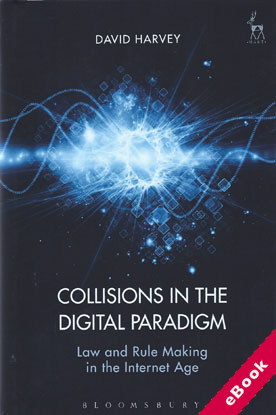
The device(s) you use to access the eBook content must be authorized with an Adobe ID before you download the product otherwise it will fail to register correctly.
For further information see https://www.wildy.com/ebook-formats
Once the order is confirmed an automated e-mail will be sent to you to allow you to download the eBook.
All eBooks are supplied firm sale and cannot be returned. If you believe there is a fault with your eBook then contact us on ebooks@wildy.com and we will help in resolving the issue. This does not affect your statutory rights.
It has been said that the only asset that a lawyer has is time. But the reality is that a lawyer's greatest asset is information. The practice and the business of law is all about information exchange.
The flow of information travels in a number of different directions during the life of a case. A client communicates certain facts to a lawyer. The lawyer assimilates those facts and seeks out specialised legal information which may be applicable to those facts. In the course of a generation there has been a technological revolution which represents a paradigm shift in the flow of information and communication.
This book is about how the law deals with digital information technologies and some of the problems that arise when the law has to deal with issues arising in a new paradigm.